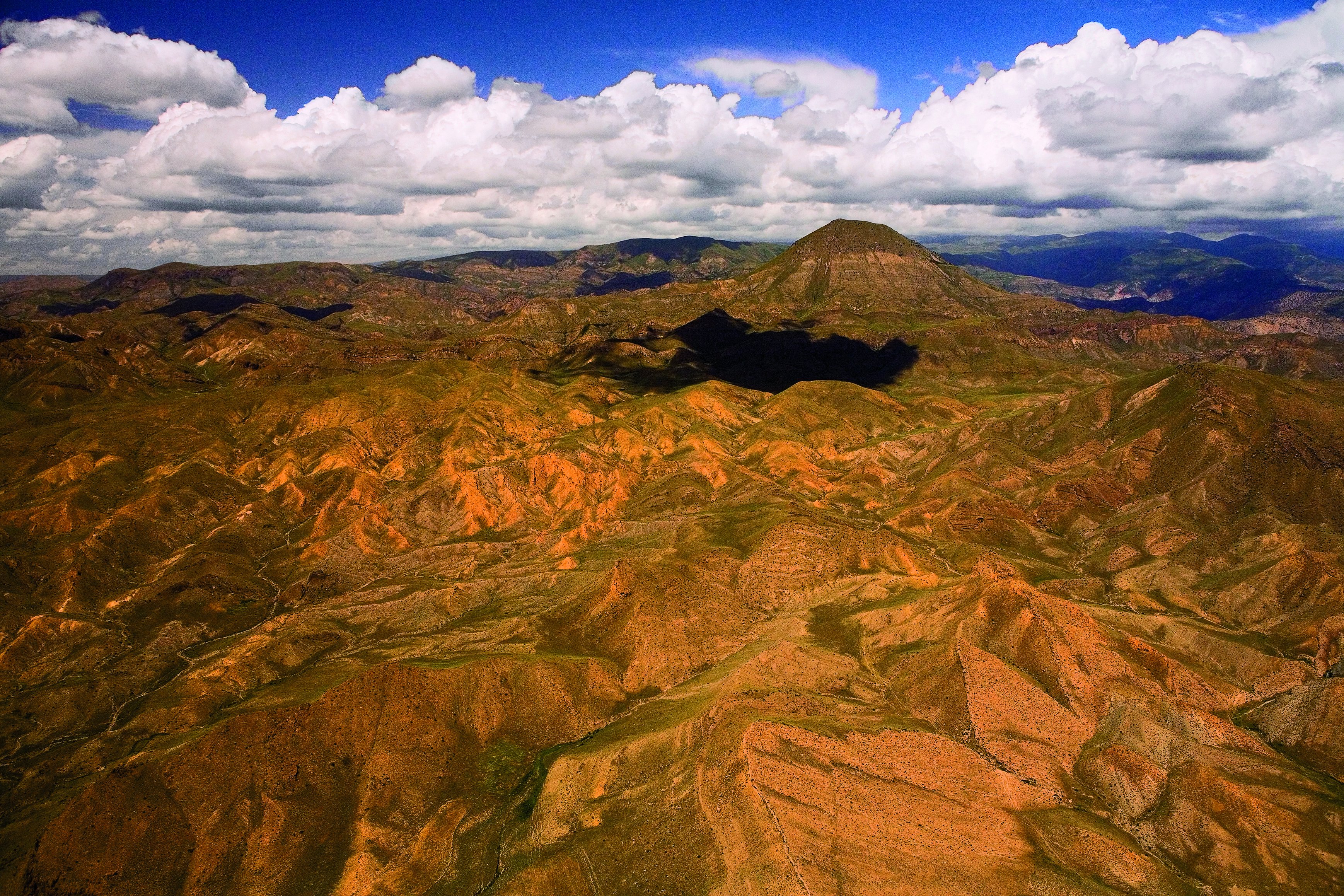Ghegam Ridge on:
[Wikipedia]
[Google]
[Amazon]
 Gegham mountains (or Gegham Ridge, ISO 9985: Geġam), hy, Գեղամա լեռնաշղթա (''Geghama lernasheghta'') are a range of mountains in Armenia. The range is a tableland-type watershed basin of
Gegham mountains (or Gegham Ridge, ISO 9985: Geġam), hy, Գեղամա լեռնաշղթա (''Geghama lernasheghta'') are a range of mountains in Armenia. The range is a tableland-type watershed basin of
The Mystery of Azhdahak – the highest point of Gegham Mountains
RockArt in the area of Gegham Mountain Range
{{Authority control Volcanic fields Quaternary lava domes Cinder cones Mountain ranges of Armenia
 Gegham mountains (or Gegham Ridge, ISO 9985: Geġam), hy, Գեղամա լեռնաշղթա (''Geghama lernasheghta'') are a range of mountains in Armenia. The range is a tableland-type watershed basin of
Gegham mountains (or Gegham Ridge, ISO 9985: Geġam), hy, Գեղամա լեռնաշղթա (''Geghama lernasheghta'') are a range of mountains in Armenia. The range is a tableland-type watershed basin of Sevan Lake
Lake Sevan ( hy, Սևանա լիճ, Sevana lich) is the largest body of water in both Armenia and the Caucasus region. It is one of the largest freshwater high-altitude (alpine) lakes in Eurasia. The lake is situated in Gegharkunik Province, ...
from east, inflows of rivers Araks and Hrazdan from north and west, Azat and Vedi rivers from south-west and Arpachai river from south. The average elevation of the Gegham mountain range is near 2500m. The range is of volcanic origin including many extinct volcanoes. The range is 70 km length and 48 km width, and stretch between Lake Sevan and the Ararat plain. The highest peak of the Gegham mountains is the Azhdahak, at 3597m. They are formed by a volcanic field, containing Pleistocene-to- Holocene lava dome
In volcanology, a lava dome is a circular mound-shaped protrusion resulting from the slow extrusion of viscous lava from a volcano. Dome-building eruptions are common, particularly in convergent plate boundary settings. Around 6% of eruptions on ...
s and cinder cone
A cinder cone (or scoria cone) is a steep conical hill of loose pyroclastic fragments, such as volcanic clinkers, volcanic ash, or scoria that has been built around a volcanic vent. The pyroclastic fragments are formed by explosive eruptions o ...
s. The highland reaches a height of 1800–2000m up to 3000m in the dividing ridge.
Geological history
Volcanism in Armenia and in the Gegham mountains is related to mantle processes accompanying, but not necessarily related to the collision of the Arabian plate with the Eurasian Plate. Unlike in other parts of the Caucasus region, the Gegham mountains have generated primarily small scale volcanoes. The Kaputan Formation (including Mt. Atis and Gtsain Ridge) from theLate Miocene
The Late Miocene (also known as Upper Miocene) is a sub-epoch of the Miocene epoch (geology), Epoch made up of two faunal stage, stages. The Tortonian and Messinian stages comprise the Late Miocene sub-epoch, which lasted from 11.63 Ma (million ye ...
has been dated at 5.7–4.6 Ma by K-Ar and is the oldest sequence in the region. Late Pliocene activity involved various basaltic lavas (including Lchain Volcano) and subsequently, during the Quaternary
The Quaternary ( ) is the current and most recent of the three periods of the Cenozoic Era in the geologic time scale of the International Commission on Stratigraphy (ICS). It follows the Neogene Period and spans from 2.58 million years ...
, rhyolite
Rhyolite ( ) is the most silica-rich of volcanic rocks. It is generally glassy or fine-grained (aphanitic) in texture, but may be porphyritic, containing larger mineral crystals (phenocrysts) in an otherwise fine-grained groundmass. The mineral ...
and obsidian
Obsidian () is a naturally occurring volcanic glass formed when lava extrusive rock, extruded from a volcano cools rapidly with minimal crystal growth. It is an igneous rock.
Obsidian is produced from felsic lava, rich in the lighter elements s ...
from the Kotayk centre (Gutansar and Atis 700 ka, then associated fissure volcanoes 550–480 ka). The volcanic activity peaked round 200 ka, when most of the Gegham centres formed from trachyandesitic lavas. Aknotsasar and Sevkatar were active less than 100ka ago.
The highest point is the volcano Azhdahak, elevation - 3597.3m above sea level, in the western part of the range. There is a lake in the crater of the volcano Azhdahak that is formed from melting snow.
The volcanoes Spitaksar (3560 m) and Geghasar (3446 m), the former erupted 120ka ago and the latter 80-40ka, are sources of obsidian in Armenia.
Biome
Bird fauna of Gegham Mountain Range includes about 250 species, what makes 70% of all Armenia's avifauna. The South-Eastern slopes of Gegham mountains contain the Khosrov forest, planted in the 4th century by Khosrov I and converted into a state park in 1958. The Gegham mountains are one of the primary presences of the vavilovia '' Vavilovia formosa'' around Mount Sevsar. Another species '' Poa greuteri'' is endemic in the area.Rock carvings
A great number ofpetroglyph
A petroglyph is an image created by removing part of a rock surface by incising, picking, carving, or abrading, as a form of rock art. Outside North America, scholars often use terms such as "carving", "engraving", or other descriptions ...
s - rock-carvings has been found in the area of Gegham Mountains. Most images depict men in scenes of hunting and fighting, and astronomical bodies and phenomena: the Sun, the Moon, constellations, the stellar sky, lightning, etc. Carvings of birds have attracted some archeological interest.
References
Sources
*External links
The Mystery of Azhdahak – the highest point of Gegham Mountains
RockArt in the area of Gegham Mountain Range
{{Authority control Volcanic fields Quaternary lava domes Cinder cones Mountain ranges of Armenia